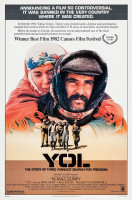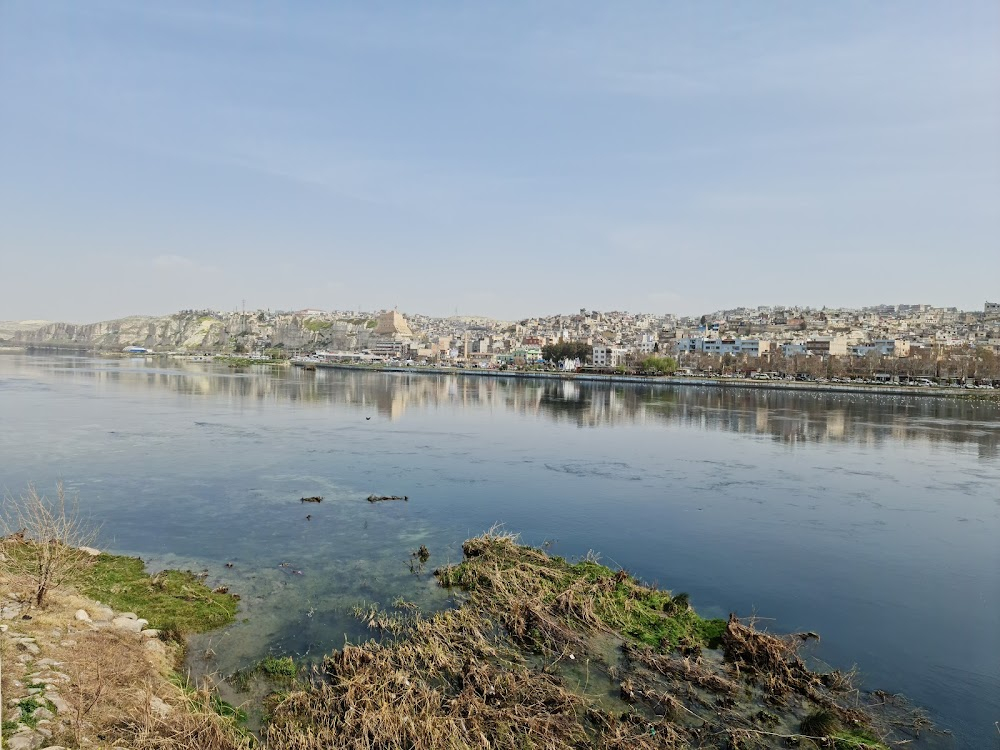Yol Filming Locations

Where was Yol filmed? Yol was filmed in 7 locations across Turkey in the following places:
Yol Filming Locations
Diyarbakır, formerly Diyarbekir, is the largest Kurdish-majority city in Turkey. It is the administrative center of Diyarbakır Province.
Izmir is a city on Turkey’s Aegean coast. Known as Smyrna in antiquity, it was founded by the Greeks, taken over by the Romans and rebuilt by Alexander the Great before becoming part of the Ottoman Empire in the 15th century. Today, its expansive archaeological sites include the Roman Agora of Smyrna, now an open-air museum. The hilltop Kadifekale, or Velvet Castle, built during Alexander’s reign, overlooks the city.
Antalya is a Turkish resort city with a yacht-filled Old Harbor and beaches flanked by large hotels. It's a gateway to Turkey's southern Mediterranean region, known as the Turquoise Coast for its blue waters. Remnants remain from Antalya's time as a major Roman port. These include Hadrian’s Gate, built to honor the Roman emperor’s visit in 130 A.D and 2nd-century Hidirlik Tower, with harbor views.
Konya is a city south of Ankara in Turkey’s Central Anatolia region. It’s a pilgrimage destination for Sufis, focused on the tomb of the founder of the Mevlana order, Jelaleddin Rumi, in the Mevlana Museum. Sema whirling dervish ceremonies take place at the Mevlana Cultural Center, east of the museum. The 12th-century Alaeddin Mosque is surrounded by the green parks of Alaeddin Hill.
Gaziantep, historically Aintab and still informally called Antep, is a major city in south-central Turkey. It is the capital of the Gaziantep Province, in the westernmost part of Turkey's Southeastern Anatolia Region and partially in the Mediterranean Region.
Birecik is a municipality and district of Şanlıurfa Province, Turkey. Its area is 912 km², and its population is 93,866. It lies on the Euphrates.
Yol (1982)
When five Kurdish prisoners are granted one week's home leave, they find to their dismay that they face continued oppression outside of prison from their families, the culture, and the government.

